A look at the world of Italian contemporary art.



Arriverderci, Francesco Talo John Cabot University Student Center Opening Perugia International Film Festival Preview Radicati paintings on display in Rome IAF and ARPA
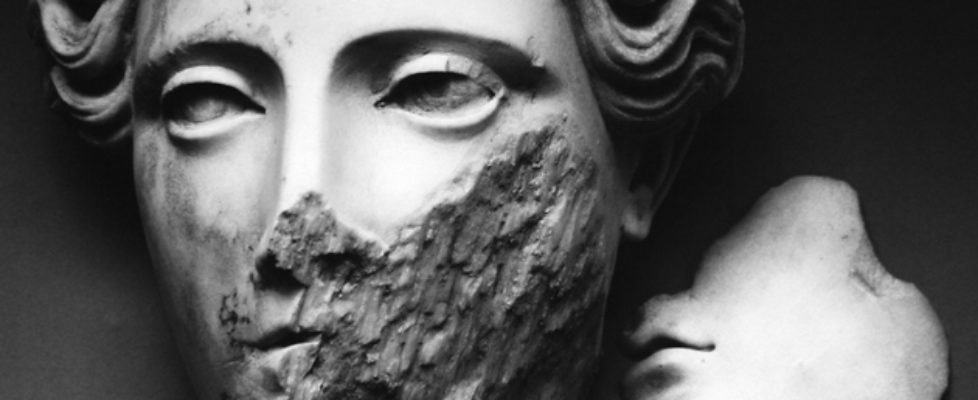
by Claudia PALMIRA ACUNTO
Italy, art – the terms are almost inextricable. The historic “greats” come to mind immediately, conjuring images of paintings and sculptures deeply embedded in our collective visual memory. But insert the word “contemporary” between the two, and the references diminish exponentially.

by Gianluca MARZIANI
Italian Contemporary Art: Three words suggesting such a tangle of opposing considerations, cultural and commercial developments and widespread interests that it is quite difficult to have a comprehensive picture of it. For historical reasons and recent twisted events, the Italian art world embodies an anomalous reality, both for its well-acknowledged qualities and its congenital faults. We have a great tradition of art that the world much appreciates – this goes without saying. From Giotto to Mario Schifano, enviable talents and universal geniuses have come one after the other, producing new expressive modes and groundbreaking innovations.
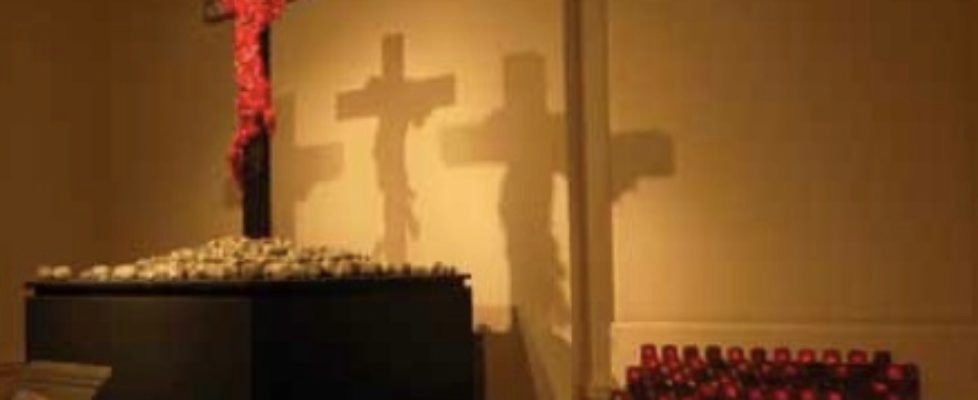
by Amanda Romero
There are 89 Italian Cultural Institutes in the world – and they all participated in “Venice Biennale In The World,” a project led by renowned Italian art critic Vittorio Sgarbi to promote Italian artists internationally. In collaboration with museums, universities, organizations and the Ministry of Foreign Affairs, prominent art critics and scholars served as the judges for the 217 Italian artists nominated to show around the world. These artists’ works were also included in a video documentary presented at the 2012 Venice Biennale.
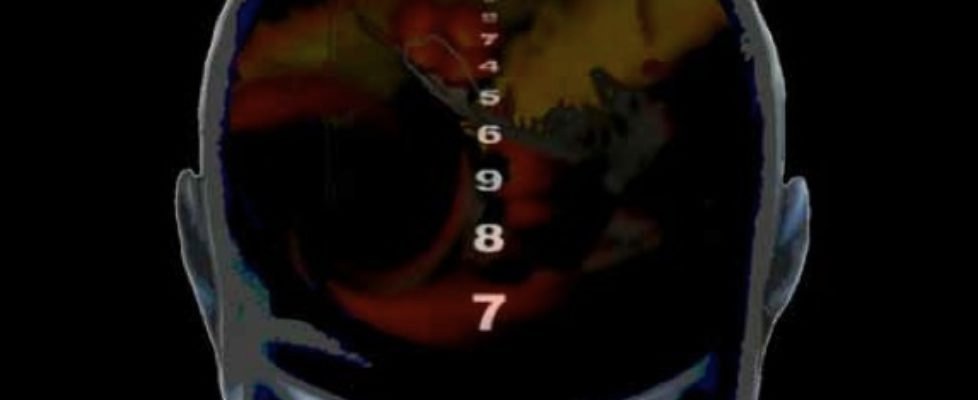
by Laura GIACALONE
Italian Journal interviews emerging talents.

by Genny DI BERT
Quella che osserviamo è la fotografa di una scena, di un momento d’espressione artistica in cui l’ambiente e l’uomo interagiscono, che viene, durante la realizzazione, con uno “scatto” resa opera d’arte apparentemente bidimensionale. L’immagine riprodotta valorizza l’irripetibilità dell’azione ed ogni scena diventa opera d’arte unica. La rappresentazione, come la realtà osservata e dipinta, viene studiata, immaginata, riprodotta attraverso l’occhio fotografico attento a cogliere l’istante creativo.

by Laura GIACALONE
One of the world’s most important forums for the dissemination and illumination of current developments in international art, La Biennale di Venezia can boast a well-reputed personality at the helm. Appointed Director of the Visual Arts sector for the 54th International Art Exhibition (2011), Bice Curiger (pictured) is an art historian, critic and curator of international exhibitions. Her curatorial activity at Kunsthaus Zurich parallels her important work in the publishing sector. In 1984, she co-founded the prestigious art magazine Parkett, of which she is editor-in-chief. She has been publishing director of London Tate Gallery’s magazine Tate etc since 2004, and is also the author of various publications and catalogues of contemporary art. Her insight into contemporary art surely adds value to an exhibition that, once again, is bound to consolidate its success.
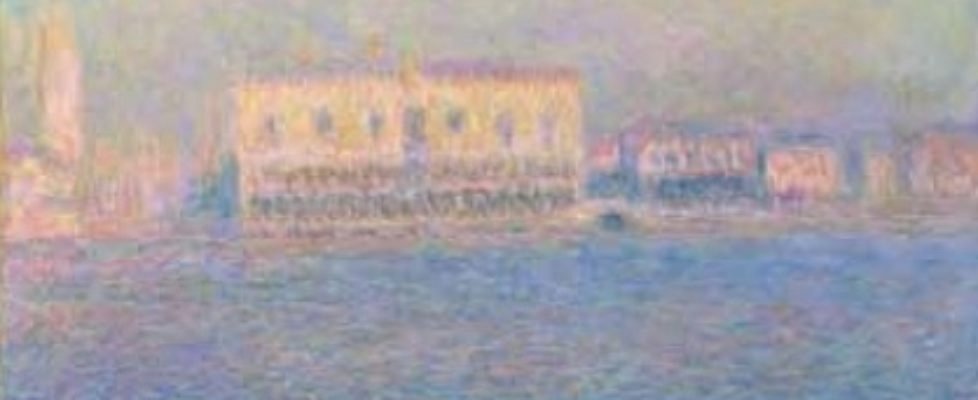
by Veronica Maria WHITE
In 1948, Peggy Guggenheim exhibited her collection of avant garde paintings and sculptures at the Venice Biennale. Among the 73 artists featured were Picasso, Ernst, Kandinsky, Pollock and Rothko. The show was revolutionary in its presentation of Cubist, Surrealist and Abstract works to the general European public, as well as to contemporary Italian artists. Soon after the show, Peggy settled in Palazzo Venier dei Leoni, where from 1951 onward her collection opened its doors to visitors. The heiress’ choice of Venice as a home and showcase for her works is significant, for she had already experienced the contemporary art scene in Paris, London and New York. Located in a Renaissance palazzo on the Grand Canal, the Peggy Guggenheim collection in fact highlights Venice’s dual identity as a historic maritime city and a protagonist in artistic innovation.
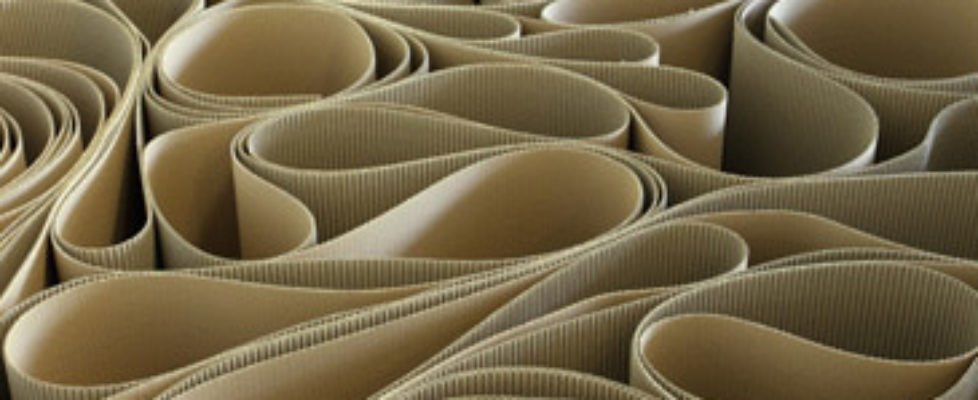
by Walter SANTAGATA
As in all worlds of art and culture, even in contemporary art there are two conflicting policies at work: conservation and production of new works of art. Whereas conservation means to safeguard the historical heritage of a country, its most immediate expression being the “museum-ization ” of art, i.e. the entrusting of art to the sacredness of a museum, production means to create new works of art. Conservation is a backward- looking policy dealing with the preservation of the past; production is instead a forward-looking policy interested in the future and in the development of new works of art. Conservation relies on legal and institutional instruments, such as regulations and laws, whereas production is a policy consisting of many different steps: selection of artists, creation and production of works of art, distribution, modes of consumption.
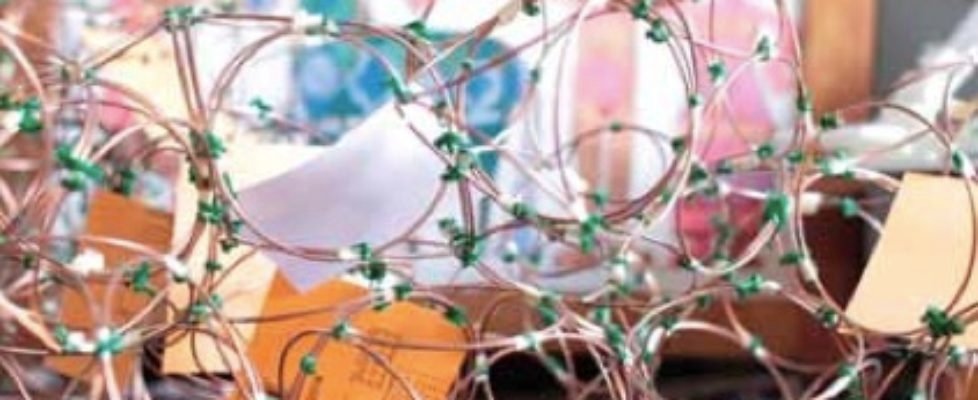
by Laura GIACALONE
Besides their worldwide renown for setting the trends of cutting-edge styles, Italian fashion designers have now established themselves as the modern patrons of contemporary art, being the most active supporters of avant-garde art projects and drawing on works of art for inspiration. In the last few years, many initiatives launched by top luxury brands of fashion have contributed to introduce a new generation of Italian artists to the international scene.
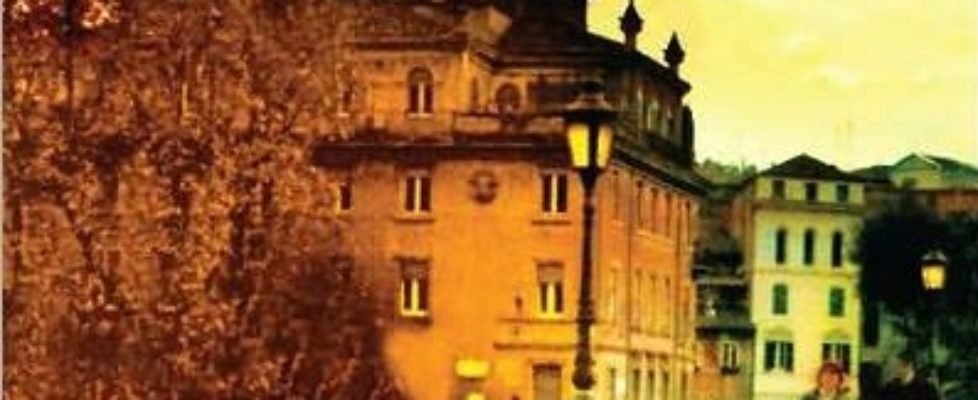
by Laura GIACALONE
Reading Twice Born is like taking a journey that, once started, has no turning back. It is something to be experienced, more than just read. It slowly sinks into your heart and, page by page, leaves you completely helpless, defenceless, as after a storm of mixed emotions. It is like being revealed the unspoken truth of human condition, with its eternal carousel of joy and sorrow, and turning it into a personal memory.